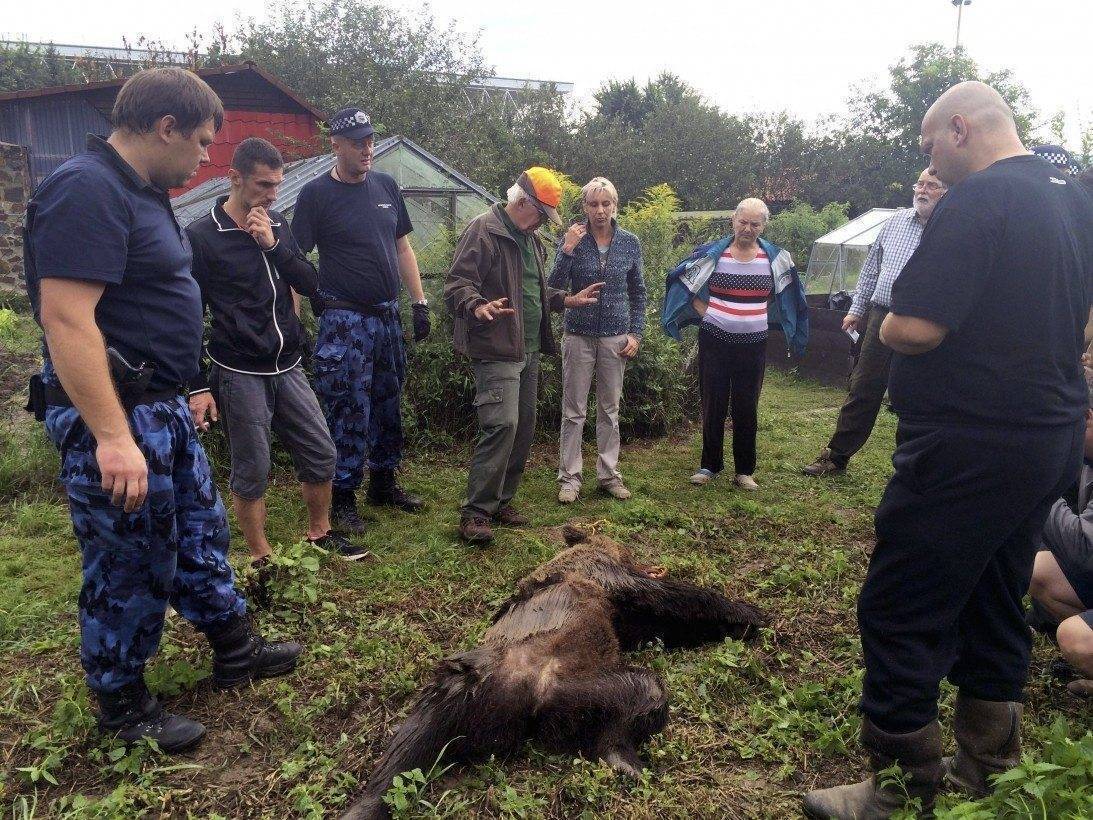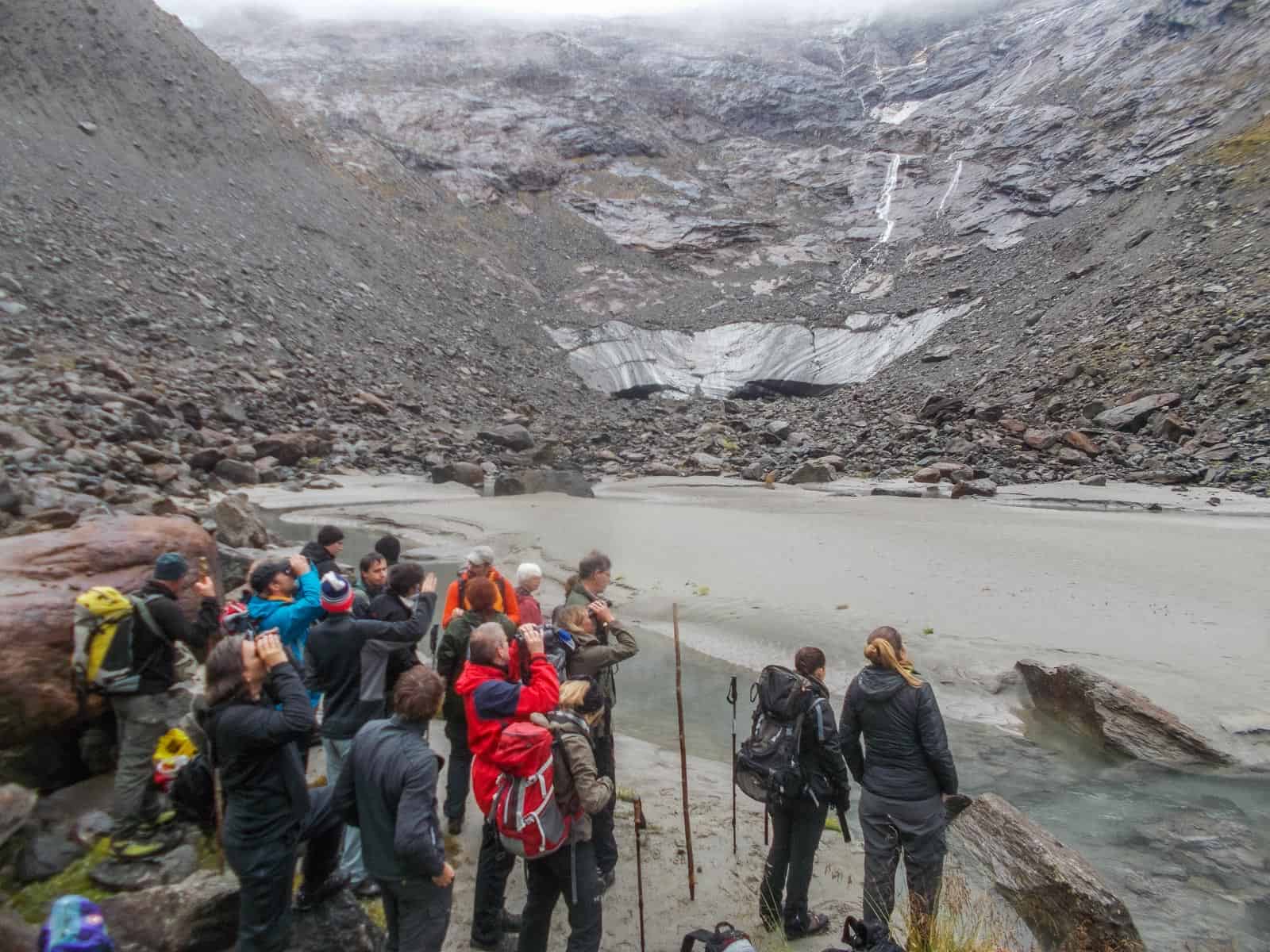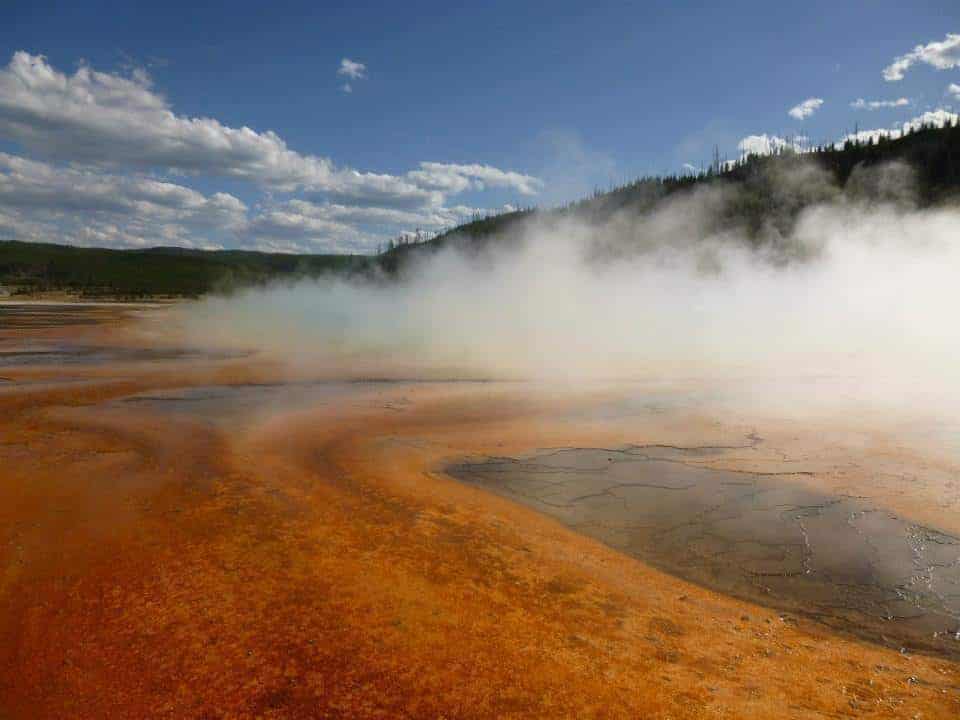Study tour to Wolf mountains
Iryna Shchoka of the European Wilderness Society was invited to join the Study tour “Wolf mountains Wilderness Area” covering three Eastern Carpathian countries: Poland, Ukraine and Slovakia. The tour started on the 2nd of September. Initiators of this tour was Peter Prokosch from Linking Tourism and Conservation (LT&C) and its Polish member, “Royal Penguin” Piotr Nieznanski. Large carnivores and nature researchers, sustainable tourism and conservation experts, project managers, protected areas representatives from above mentioned countries and from Norway took part in the study tour.
The group visited the National Nature Park “Skolivski Beskydy” in the Lviv region and the National Nature Park “Uzhanskyy” in Transcarpathia. It was a good opportunity to discuss with parks employees’ current situation in both parks and future Wilderness and sustainable tourism projects, but also to get a feeling of the great nature while hiking in the mountain forests.

National Nature Park “Skolivski Beskydy”
National Park is located in the North-Eastern part of the Ukrainian Carpathians, called “Skolivski Beskydy” and was created in 1999. NNP “Skolivsky Beskydy” is under the State Agency of Forest Resources of Ukraine. The total area of the park is 35.684 ha, including – 24.702 ha of constant use and 10.982 ha of temporary use. The area of temporary use is dividing the park into two almost equal parts one of which contains 768,6 ha of old-growth forests. The park is applying to get almost 11.000 ha for constant use in such a way to unite the two park areas into one area of continuous ecological network.
Park´s forest area is covered by 55,6% coniferous, almost 3/4 of which spruce, 1/4 is fir. Hardwood species account for 43,4% f which almost 99% is beech, maple makes a bit more then 1%, oak and horn are also present.
Among fauna representatives of the park are bison, eagle, deer, wolf, lynx.
On the territory of “Skolivski Beskydy” park Tustan State Historical and Cultural reserve is located. The reserve is the European Wilderness Society partner in the EU project “Areas of Inspiration”, where recently historical festival, involving artists and craftsmen took place.
Director of NNP “Skolivsky Beskydy” expressed the interest to join European Wilderness Network.

Uzhanskyy National Nature Park
Uzhanskyy NNP was created, similar to “Skolivski Beskydy” NNP in 1999. Its area makes 39 159 ha and is a part of Trilateral biosphere reserve “Eastern Carpathians” and contains the area, included to UNESCO World heritage site “Ancient and Primeval Beech Forests of the Carpathians and Other Regions of Europe”.
During our trip we visited Vezha mountain and observed primeval beech forest on the top of it. The trees of different age group and rich unique flora were found there. We also tracked footprint and signs of deer presence there. In winter there are also footprints of wolfs noticed in this area. When there is a snow cover not more than 60 cm, wolfs can move on the territory of Vezha mountain easily, but if the snow is higher they are migrating through ecological corridor to the lower area in Poland.
The rocky area of this mountain is also appropriate habitat for lynx and wildcat.
Park ranger, accompanying us noted that the climate change impacts on forest and ecosystem in general are observed here. Thus last 3 years´ dry summers are leading to drying out of forest. Therefore Wilderness management practices, leading to more resistant nature ecosystem were recommended to be applied in the park.

Other protected ares of the Study tour
Beside two Ukrainian protected areas study trip team is visiting:
in Poland:
- Turnicki National Park
- Bieszczadzki National Park
in Slovakia:
- Poloniny National Park
- Beskid Niski
Sustainable tourism and conservation
One of the study tour objective was to identify how trilateral cooperation of all three countries protected areas could be developed further. Can tourism be of any support to this process?
Here are several ideas, with which study tour participants came up:
Railway- sustainable transport, connecting regions and providing more opportunities for visitors.
Strengthening mobility and cooperation through border crossing by bike or foot
Hiking to hear roar of the deer-rutting season (already introduced in Skolivski Beskydy NNP)
Branding and certification of tourism players and touristic areas
Small tourism infrastructure- big opportunities
Manage waste, you`ll have more guests!
European Wilderness Society will further keep in touch with study tour other great experts for benefits of the Wilderness and communities of the area.









